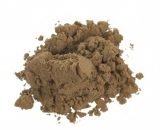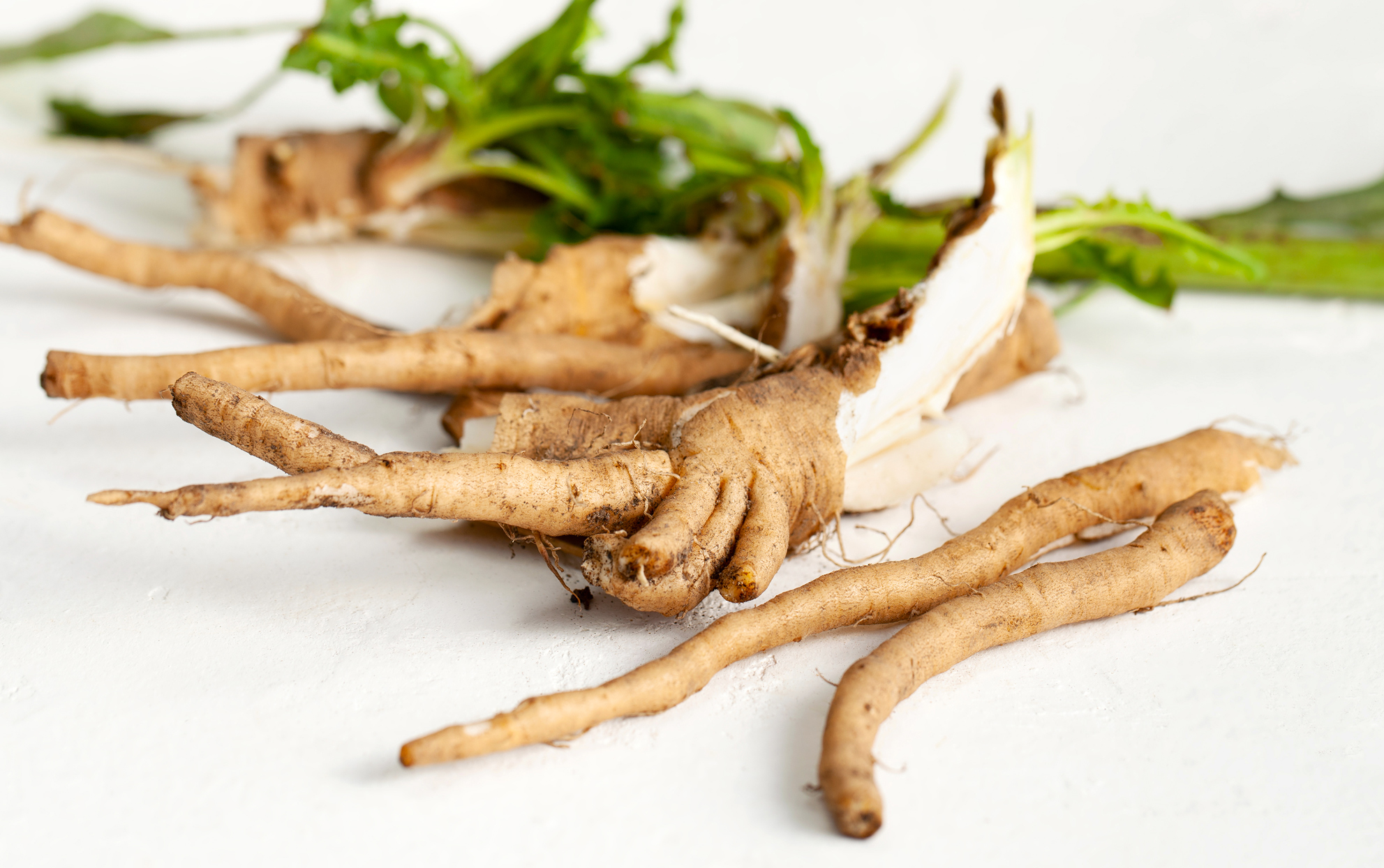- You have no items in your shopping cart
- Subtotal: $0.00
Common chicory (Cichorium intybus) is a somewhat woody, perennial herbaceous plant of the daisy family Asteraceae, usually with bright blue flowers, rarely white or pink. Many varieties are cultivated for salad leaves, chicons (blanched buds), or roots (var. sativum), which are baked, ground, and used as a coffee substitute and food additive. In the 21st century, inulin, an extract from chicory root, has been used in food manufacturing as a sweetener and source of dietary fiber.
Chicory is grown as a forage crop for livestock. It lives as a wild plant on roadsides in its native Europe, and is now common in North America, China, and Australia, where it has become widely naturalized.“Chicory” is also the common name in the United States for curly endive (Cichorium endivia); these two closely related species are often confused.
Common chicory is also known as blue daisy, blue dandelion, blue sailors, blue weed, bunk, coffeeweed, cornflower, hendibeh, horseweed, ragged sailors, succory, wild bachelor’s buttons, and wild endive[11] (note: “cornflower” is commonly applied to Centaurea cyanus). Common names for varieties of var. foliosum include endive, radicchio, radichetta, Belgian endive, French endive, red endive, sugarloaf, and witloof (or witlof).
When flowering, chicory has a tough, grooved, and more or less hairy stem. It can grow to 1.5 metres (4 ft 11 in) tall. The leaves are stalked, lanceolate and unlobed; they range from 10–32 cm (4–12+1⁄2 in) in length and 2–8 cm (3⁄4–3+1⁄4 in) wide. The flower heads are 3–4 cm (1+1⁄4–1+1⁄2 in) wide,[12] and usually light purple or lavender; it has also been described as light blue, and rarely white or pink.[12] Of the two rows of involucral bracts, the inner is longer and erect, the outer is shorter and spreading. It flowers from July until October.










